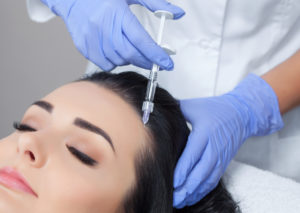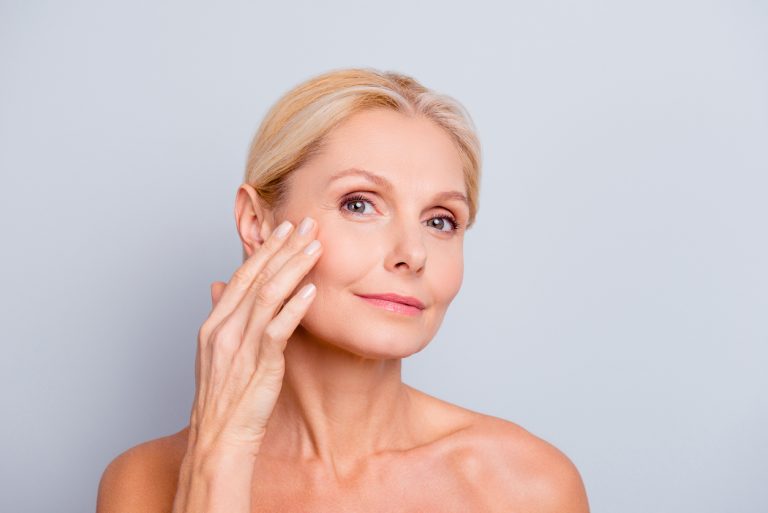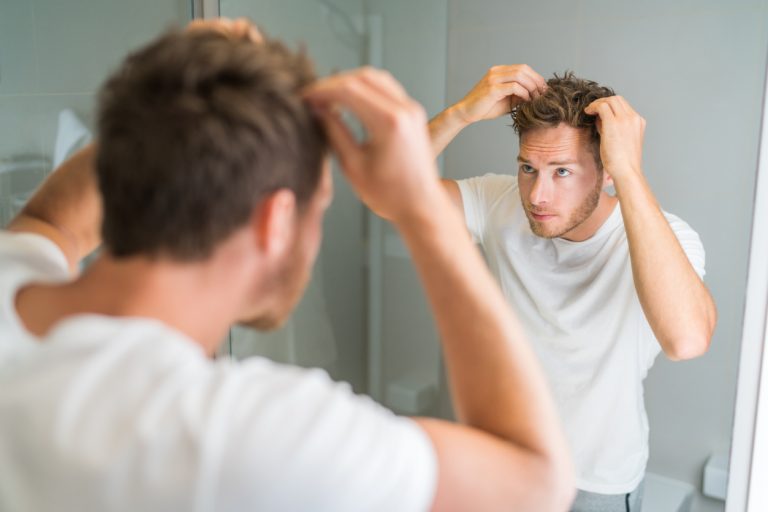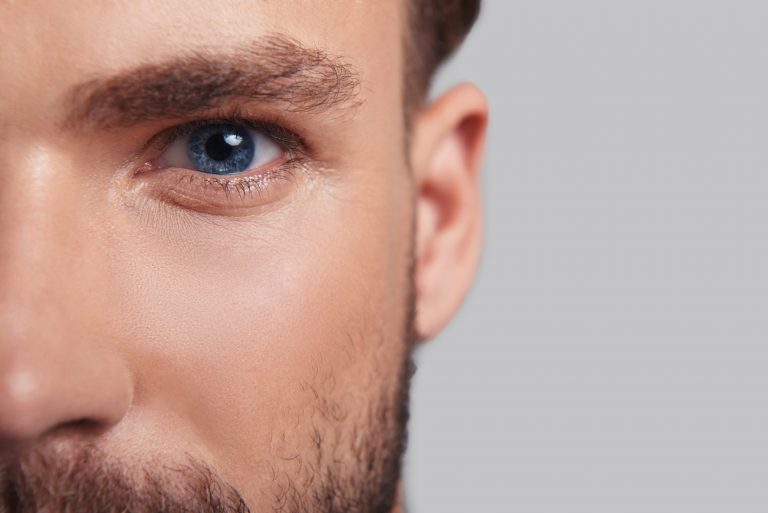
What is alopecia?
This article explores who can get alopecia, the different types of alopecia, the symptoms, the diagnosis, and how to treat it.
Dr Michael Rich is a specialist dermatologist who has been performing tumescent liposuction for over 30 years. Find out if Liposuction is suitable for you at ENRICH Clinic.
At ENRICH Clinic, we have a wide range of dermatological and cosmetic body treatments tailored to individual body and patient needs.
At ENRICH Clinic, our treatments are performed by our medical team consisting of doctors, nurses, and dermatologists and are tailored to each patient’s skin health needs.
ENRICH Clinic is committed to your skin health and well-being with a range of dermatological & cosmetic treatments tailored to the individual. Our treatments are performed by our medical team consisting of doctors, nurses, and dermatologists.
Skin health is essential for everyone. ENRICH Clinic has a wide range of technologies and dermatological solutions to help you achieve your skin care goals.
Hair loss in men and women can be treated using platelet-rich plasma (PRP). We use your own plasma (blood) for these hair-loss cures, which, whilst it sounds a little unconventional, PRP has had success in treating partial baldness effectively.
Research shows that PRP may play a beneficial role in hair regrowth in people with pattern hair loss. The hair-growth results are clinically significant in trials, meaning yes, PRP for hair regrowth works. How well it works in each person is variable, however.
The ‘magical baldness cure’ is still being developed, and treatments so far are not absolute, but PRP shows promise in at least regaining at least some head hair for those experiencing balding. This means PRP can help with partial baldness but not complete baldness. Of course, hair transplants are an option, but they too depend on what hair you have available for transplant. We do not do hair transplants at ENRICH Clinic.
First, we draw some blood from your arm, about 18ml. This blood is put into a centrifuge, which separates out the important elements in the blood. The concentration of platelets is increased in the plasma by removal of other blood elements such as white and red blood cells. This results in platelet-rich plasma.
The platelets are then activated using a special added ingredient into the plasma – calcium. Inactive platelets won’t do anything, but activated platelets secrete growth factors that have an impact on local cells. This is how PRP works within your cells to regenerate whatever cells are nearby. In this case, it’s head hair follicles.
You’ll need several treatments, 30 days apart, and follow-up treatments as needed. Results may start to taper off at about 14 months after the last treatment.
In PRP baldness trials, hair density increased, with the number of hairs per square millimetre of the scalp increasing. The thickness of the scalp also increased, along with a slight increase in the number of blood vessels to the area.
After three months, hair should start to regrow, and be thicker.
It’s important to note that the centrifuge being used for PRP hair loss cures matters, since a high-quality machine gets more platelets per blood sample. Talk to your cosmetic dermatologist at ENRICH about this at your appointment. The centrifuge really matters for this hair loss treatment, so demand only the best.
Need more proof? Check out the science behind PRP as a baldness cure.
PRP as a hair loss treatment is very well tolerated and side-effects are rare.
There are a few different types of baldness, with PRP hair-regrowth cures focusing on male pattern baldness and autoimmune-related hair loss. Androgenic alopecia (baldness in men and menopausal women) is due to the damage that certain androgens (male-type hormones) have on hair follicles. In a nutshell, androgens kill hair follicles in susceptible people.

Alopecia areata is an autoimmune disease that causes the loss of hair across the body. PRP treatment studies involving patients affected with Alopecia are producing good results.
Baldness is men, in particular, is extremely common, however baldness in women is less discussed. Around 80 per cent of men will experience some balding across their lifetime, while 40 per cent of women will. PRP can treat baldness in men and women.

Typically drug therapies are recommended for hair loss, however these act to block androgens throughout the whole body, which has secondary effects that can be unpleasant. Hair transplants may also be recommended, but the same issues that affect the current hair follicles will also affect the new transplants.
In PRP, new, healthy hair follicles are stimulated to grow a hair, and the health of the scalp in supporting these hairs is improved.
Growth factors released in activated platelets trigger regeneration of cells, which provides the baldness cure of PRP. This occurs naturally in the body after trauma, like a cut or scrape or broken bone. The platelets send signals to other cells nearby to jump into action to repair the damaged site.
The theory is that growth factors released from platelets act on the follicles, stimulating new follicle development and a fresh blood supply. Interactions between cells and the growth factors active the growing phase of hair follicles, which will later produce a new hair.
Got questions? Check out PRP cure for baldness FAQ.
It’s important to understand the hair growth cycle when we’re talking hair loss and hair loss cures. There is a specific change in the hair growth cycles in balding whereby the growth and stability of a hair are interrupted. It is also important to understand that everyone is unique and can have different reactions to treatments from extreme to mild.
This phase of the hair growth cycle lasts about 3-5 years, with head hair growing about an inch per month, while hair grows faster in summer than winter. A full head of long hair may reach up to 30 inches. The anagen phase is usually longer in Asians, where one hair can grow for as long as seven years and grow up to a metre long.
When the anagen phase of your hair growth cycle ends, the catagen phase starts. This phase is about 10 days long, and is a transitional phase.
The telogen phase is where your hair is released and falls out. The follicle it fell from then has a period of rest for a few months, and then it starts all over again. All your hair follicles are independent operators, having their growth cycles at different times, keeping your head constantly full of hair.
The hair growth cycle means you always have hair on your head, and shed some hair each day. It’s normal to lose about 80 hairs off your head each day.
Interruptions to hair growth can be caused by health conditions, but the most common cause of interruptions to hair growth is pattern balding.
Hair follicles that don’t have everything they need or are actively being destroyed may struggle to produce a hair, resulting in thinning hair or balding.
Androgenic alopecia means short anagen phases and the type of hair changes from thick and coarser, to thinner and more wispy hair types (terminal to vellus). Drug therapies attempt to increase the anagen phase.
We do PRP hair loss treatments in men and women.
Contact our clinic to start your journey back to a full(er) head of hair
*With all surgeries or procedures, there are risks. Consult your physician (GP) before undertaking any surgical or cosmetic procedure. Please read the consent forms carefully and be informed about every aspect of your treatment. Surgeries such as liposuction have a mandatory seven-day cooling-off period to give patients adequate time to be sure of their surgery choice. Results may also vary from person to person due to many factors, including the individual’s genetics, diet and exercise. Before and after photos are only relevant to the patient in the photo and do not necessarily reflect the results other patients may experience. Ask questions. Our team of dermatologists, doctors and nurses are here to help you with any of your queries. This page is not advice and is intended to be informational only. We endeavour to keep all our information up to date; however, this site is intended as a guide and not a definitive information portal or in any way constitutes medical advice.
"*" indicates required fields
Combining Dr Rich’s dermatological skill with his knowledge of restorative skin regimes and treatments, the ENRICH range is formulated to help maintain and complement your skin. Our signature Vitamin C Day & Night creams are now joined by a Vit A, B,&C Serum and a B5 Hyaluronic Gel, both with hydration properties and much, much more.

This article explores who can get alopecia, the different types of alopecia, the symptoms, the diagnosis, and how to treat it.

Menopause is a process that will happen to all women at some point in their life. It is the time when you stop experiencing your monthly period, and it is most often the end of the reproductive lifecycle.

Hair loss in any person needs immediate attention if you want to address the root cause – and preserve your hair.

There are a lot of misconceptions out there regarding hair regrowth treatments and hair loss. We set the record straight.
Subscribe to the ENRICH newsletter and receive latest news & updates from our team.
Enrich Clinic acknowledges the Traditional Lands of the Wurundjeri Woi Wurrung and Bunurong peoples of the East Kulin Nations on which we work and trade. We pay respect to their Elders past, present and emerging. We extend our acknowledgement and respect to the LGBTQIA+ community who we welcome and support. Read our full Acknowledgement Statement here
